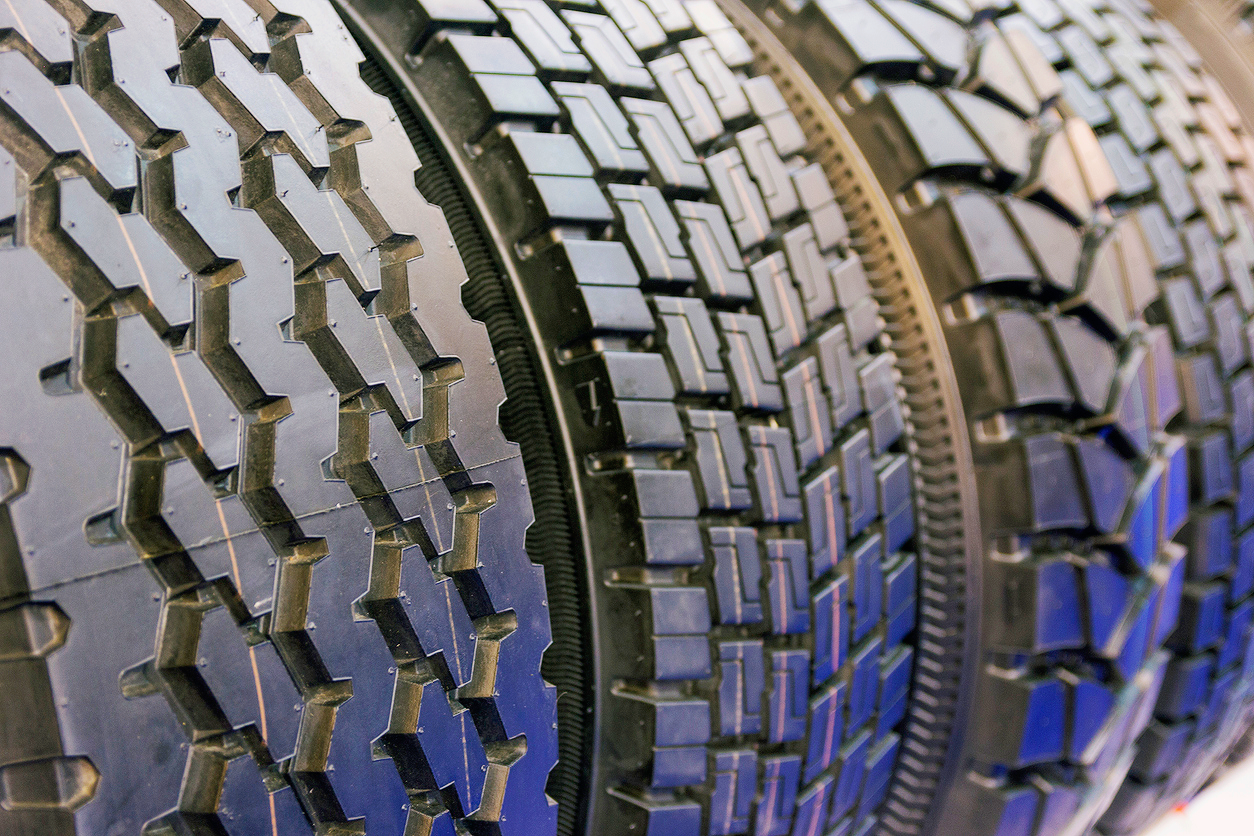
Tire Tread 101: Most Common Patterns
Tire Tread 101: Most Common Patterns
With so many makes and models on the market, shopping for tires can be a challenge. It is tough to weed through the many options available and choose a set of tires that is right for your vehicle. Before making the final decision on tires, get to know an important facet of a single tire that can affect overall car performance: tire tread. Tire tread is the rubber on the circumference of the tire that makes direct contact with the road. Learn more about three common tire tread patterns in this brief guide provided by Elite Roads:Directional
A directional tire tread shows visible patterns rolling in a singular direction. The pattern may also feature lateral grooves and an arrow on the sidewall that signals to that one direction. On the performance side, tires with directional tread allow for stronger resistance when hydroplaning. Due to the v-shaped pattern, water rotates evenly off tires to give improved traction on wet surfaces. Traditionally, directional tires are rotated from front to back, limiting overall tire versatility.
Symmetrical
If you are interested in a more long-lasting, silently performing tire, one with a symmetrical tread pattern may be a good fit. This pattern shows continuous grooves and blocks that run across the whole tire. Tires featuring a symmetrical tread can be rotated using various methods, allowing for a longer tire lifespan.
Asymmetrical
Unlike a symmetrical tread pattern, asymmetrical tread is a hybrid of patterns made to perform on wet and dry surfaces. Closer to the center of the pattern, you can find grooves designed for wet traction. Larger blocks made for dry roads take up the outer areas of the tire. An asymmetrical tire can be rotated in different ways.
For more information on the variety of tires available for your vehicle, contact us or schedule a visit with our team of experts at Elite Roads. We can set you up with the perfect combination of tires from a wide selection of brands.
